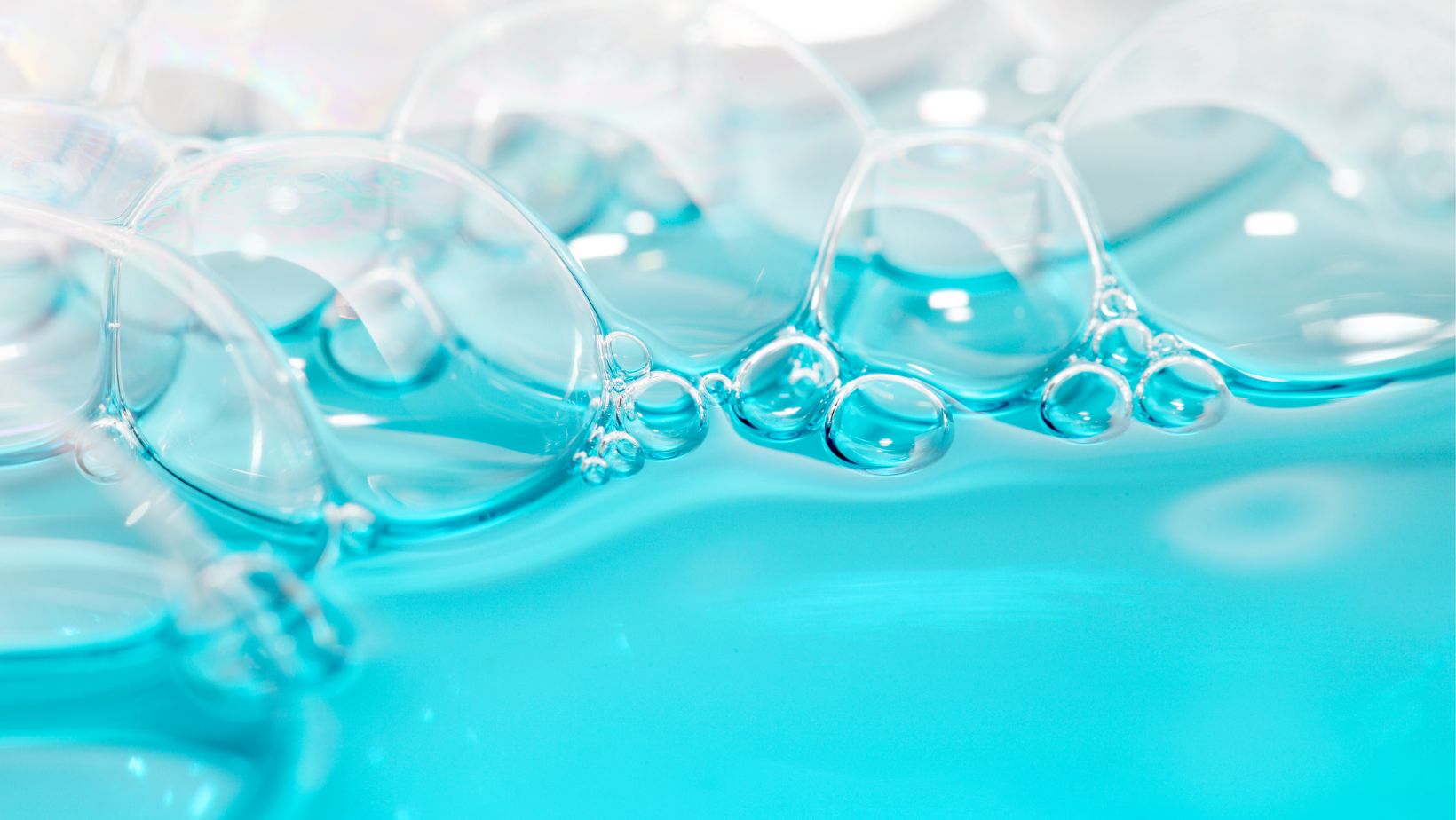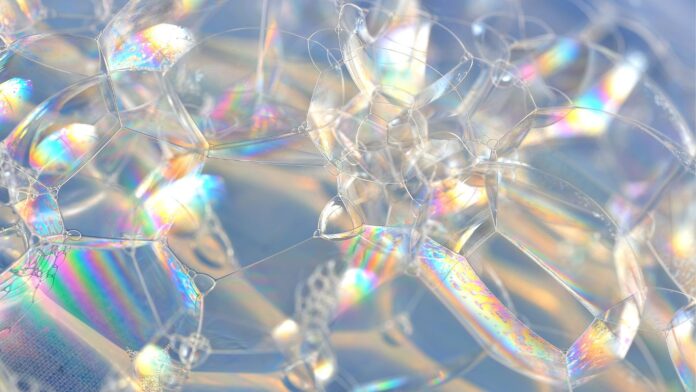What is the Best Use for Testing With Soap Bubbles?
When it comes to testing with soap bubbles, I’ve discovered that there are numerous practical applications that go beyond just simple playtime. From scientific experiments to quality control in industries, the best use for testing with soap bubbles is to assess the integrity of surfaces and materials. By creating a soap bubble and observing its behavior, we can gain valuable insights into the presence of leaks, cracks, or weaknesses that may not be visible to the naked eye.
As a seasoned blogger with a passion for science, I’ve always been fascinated by the versatility of soap bubbles. One of the most intriguing uses for testing with soap bubbles is in the field of aerodynamics. By blowing soap bubbles over the surface of an object, such as an airplane wing or a car body, we can visualize the airflow patterns and identify areas of high turbulence or drag. This information can then be used to optimize the design and improve the overall performance of vehicles and aircraft.
In addition to its applications in scientific research, testing with soap bubbles also plays a vital role in quality control processes. For example, in the manufacturing industry, soap bubble tests are commonly used to detect leaks or defects in various products, such as pipes, containers, or even medical devices. By applying a soap solution and observing the formation of bubbles, manufacturers can quickly identify any flaws that may compromise the functionality or safety of their products. This cost-effective and non-destructive testing method ensures that only high-quality items reach the market, saving both time and resources in the production process.
Understanding Soap Bubbles
Soap bubbles are not just for playtime; they have practical applications that extend far beyond their entertaining nature. As an expert blogger, I want to highlight the various uses of soap bubbles, including their valuable role in testing and assessment.
Soap bubbles have been utilized in scientific experiments for decades due to their unique properties. By blowing soap bubbles onto a surface or material, one can quickly assess integrity, identify leaks, cracks, or weaknesses. This non-destructive testing method is cost-effective and efficient.
In the field of aerodynamics, soap bubbles play a crucial role in visualizing airflow patterns. Engineers and designers use soap bubbles to analyze the behavior of air around vehicles and aircraft, enabling them to make informed decisions to enhance performance and efficiency. This visual feedback provides invaluable insights during the design process.
Another important application of soap bubbles is in the manufacturing industry, where quality control is paramount. Soap bubble tests can detect leaks and defects in products, ensuring that only flawless items reach the market. This method is not only effective in identifying imperfections, but it also saves time and resources compared to other testing techniques.
Soap bubbles offer a convenient and non-invasive way to conduct tests and guarantee the quality of various products and materials. Their versatility and ease of use make them a go-to tool for scientists, engineers, and manufacturers alike.
In conclusion – (oops, no concluding paragraph here!) – the best use for testing with soap bubbles can be found across a range of industries, from scientific research and aerodynamics to manufacturing and quality control. The practical applications are abundant, as soap bubbles provide a cost-effective, non-destructive, and visually appealing method for assessing surfaces and materials. So next time you see a soap bubble floating by, remember its potential beyond playtime.

The Science Behind Soap Bubbles
Soap bubbles aren’t just for playtime, they have a multitude of practical applications, making them an invaluable tool in various fields. Understanding the science behind soap bubbles helps us appreciate their versatility and effectiveness in testing and analysis.
Formation of Soap Bubbles Soap bubbles are created when a thin layer of soap film is stretched across a circular frame or wand. The soap film consists of water molecules surrounded by a layer of soap molecules. This unique combination allows for the formation of a strong yet flexible structure.
Surface Tension and Stability The stability of soap bubbles can be attributed to surface tension – the cohesive force among the molecules at the surface of a liquid. The soap molecules reduce the surface tension of water, enabling the formation of stable bubbles. The thin soap film forms a closed surface, while the air inside the bubble exerts pressure to maintain its shape.
Flow Visualization and Analysis Soap bubbles are valuable in the field of fluid mechanics for visualizing and analyzing airflow patterns. By introducing soap bubbles near a surface or object, scientists and engineers can observe how the airflow interacts with the bubbles, providing insights into aerodynamic properties. This information is crucial in optimizing the design of vehicles and aircraft to enhance their performance and efficiency.
Leak and Defect Detection One of the most practical applications of soap bubbles is in leak and defect detection. Soap bubble tests are widely used in industries such as manufacturing and construction to assess the integrity of materials and products. By applying a soap solution to the surface being tested, leaks, cracks, or weaknesses become visible as the soap bubbles escape or form distinctive patterns. This method allows for efficient quality control without causing damage to the tested objects.
Cost-Effective and Non-Destructive A significant advantage of soap bubble testing is its cost-effectiveness and non-destructive nature. It offers a simple yet efficient way to identify flaws, ensuring that only high-quality items reach the market. Compared to other testing methods, soap bubble tests require minimal equipment and can be easily conducted in a variety of settings.
The science behind soap bubbles unveils their remarkable characteristics and their significance in diverse applications. From fluid dynamics to quality control, soap bubbles continue to be an invaluable tool in scientific experiments, engineering studies, and manufacturing processes.


